Monday 27 December 2010
Saturday 30 October 2010
WILL ROBSON SCOTT
In Dogs We Trust
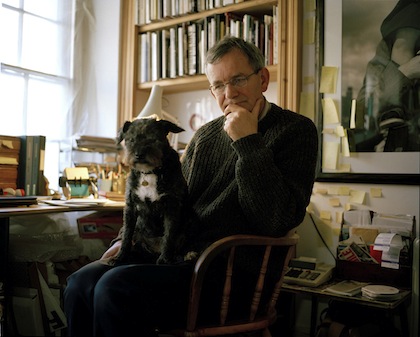
"Since dogs were first domesticated, many years ago, an affinity has developed between them and their owners; so not only do they frequently resemble each other, they even share personality traits and mirror each other’s behaviour. Dogs can be deliberately used for this purpose, of course: they can be chosen to convey whatever image the owner finds desirable; but often this affinity is less conscious, and - as you may believe when you look at these images - the master is unaware how much he looks like his dog."
Will Robson-Scott in association with Ollie Grove.

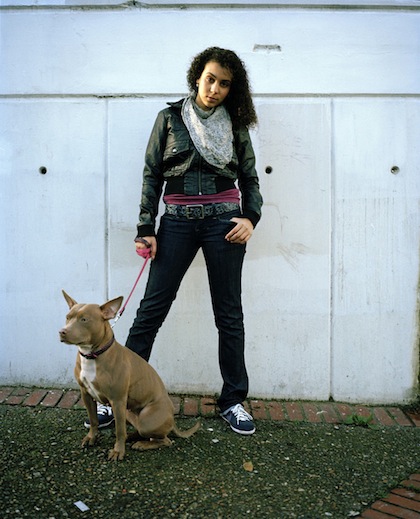
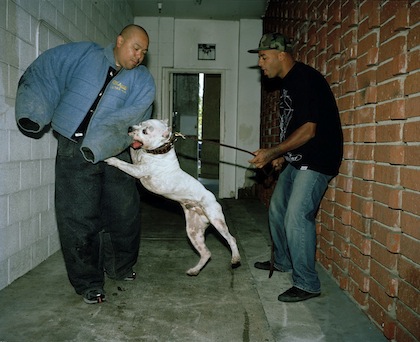
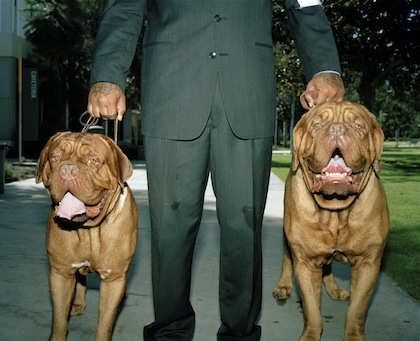
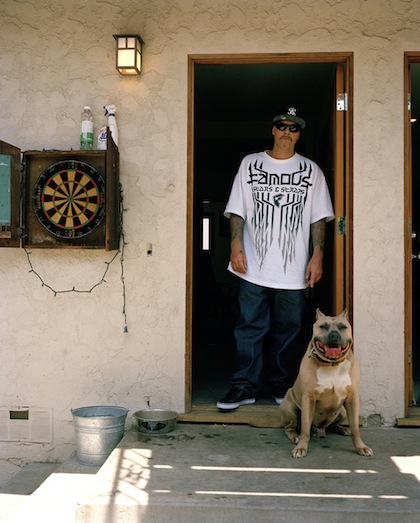
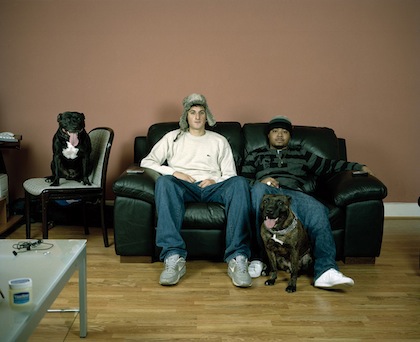
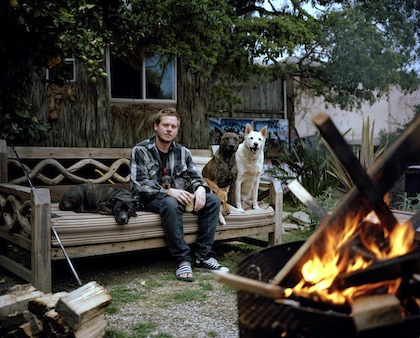

"Since dogs were first domesticated, many years ago, an affinity has developed between them and their owners; so not only do they frequently resemble each other, they even share personality traits and mirror each other’s behaviour. Dogs can be deliberately used for this purpose, of course: they can be chosen to convey whatever image the owner finds desirable; but often this affinity is less conscious, and - as you may believe when you look at these images - the master is unaware how much he looks like his dog."
Will Robson-Scott in association with Ollie Grove.







PEDRO LETRIA
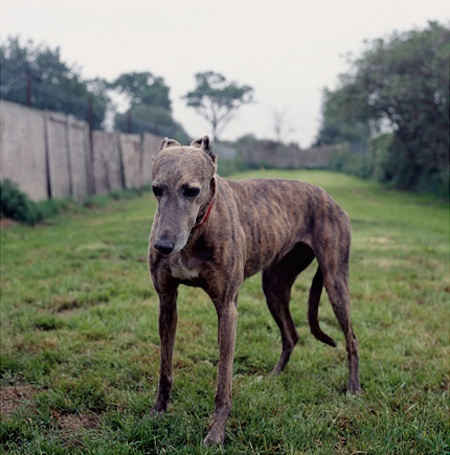
(...) Daí o efeito paradoxal das três imagens de abertura. Dão-nos a ver outros tantos cães, envelhecidos, galgos ex-corredores, que vivem num "reformatório", em Hersham (Inglaterra). Condenados a uma existência sem donos, são seres cuja verdade se confunde com a pura espera da morte. Que a fotografia eternize a sua espera, eis o que resume a utopia mais louca que aqui se encena: face à morte, somos todos aristocratas.
"Fotografar a morte e celebrar a vida", João Lopes para o Diário de Notícias (14 de Agosto).
MICHEL SCHWEIZER
"O que é um cão? Se Deus está morto, quem é o mestre do homem? O Mercado?"
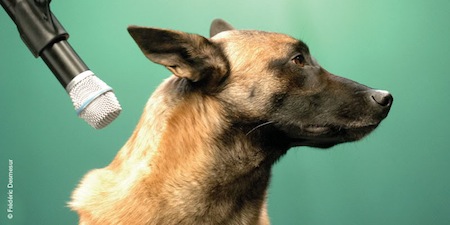
BLEIB OPUS #3
MICHEL SCHWEIZER (BORDÉUS)
Teatro Maria Matos
O que é que cinco magníficos cães pastor belga, um filósofo, um psicanalista, um bailarino e um actor poderão estar a fazer juntos num palco de teatro? Desde Maio de 2005 que Michel Schweizer mantém uma conversa fértil com Dany Robert Dufour, filósofo, e Jean-Pierre Lebrun, psiquiatra e psicanalista, sobre alguns dos temas cruciais da sociedade contemporânea: a liberdade individual e a imposição do consumismo, o ensino e a uniformização, a política e a manipulação.
É impressionante como o espectáculo BLEIB, criado em 2007, profetiza a falência do capitalismo desenfreado que gerou como causa da actual crise mundial. Interroga os comportamentos sociais e as atitudes do novo "homem sem gravidade", que é induzido a acreditar que a soma das ambições individuais iguala o bem comum. Já não precisamos de pensar!, exclama Jean-Pierre Lebrun no espectáculo, já não precisamos de nos organizar colectivamente, já não precisamos de nos esforçar para viver em sociedade... Tornámo-nos numa sociedade de consumidores - individualistas e obcecados pelo poder de compra, mas sem nos dar conta de que estamos a ser dirigidos e manipulados. Na sala reinava um silêncio absoluto, escreveu o De Volkskrant depois das apresentações em Roterdão, as centenas de espectadores pareciam estar a sentir a mesma inquietação. Como se sentíssemos todos a trela apertar... Mas por dentro esconde-se sempre o lobo...
Charles Melman, L'Homme sans gravité: Jouir à tout prix (Entretiens avec Jean-Pierre Lebrun), Denoël (2002):
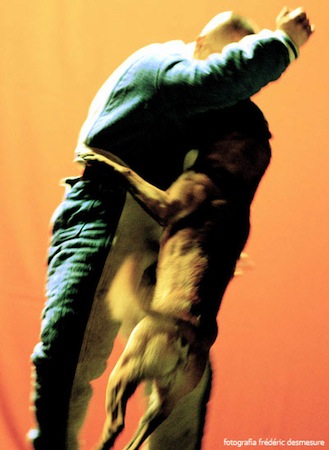
Links:
http://www.la-coma.com/
http://www.alkantarafestival.pt/eng/esp23.html

BLEIB OPUS #3
MICHEL SCHWEIZER (BORDÉUS)
Teatro Maria Matos
O que é que cinco magníficos cães pastor belga, um filósofo, um psicanalista, um bailarino e um actor poderão estar a fazer juntos num palco de teatro? Desde Maio de 2005 que Michel Schweizer mantém uma conversa fértil com Dany Robert Dufour, filósofo, e Jean-Pierre Lebrun, psiquiatra e psicanalista, sobre alguns dos temas cruciais da sociedade contemporânea: a liberdade individual e a imposição do consumismo, o ensino e a uniformização, a política e a manipulação.
É impressionante como o espectáculo BLEIB, criado em 2007, profetiza a falência do capitalismo desenfreado que gerou como causa da actual crise mundial. Interroga os comportamentos sociais e as atitudes do novo "homem sem gravidade", que é induzido a acreditar que a soma das ambições individuais iguala o bem comum. Já não precisamos de pensar!, exclama Jean-Pierre Lebrun no espectáculo, já não precisamos de nos organizar colectivamente, já não precisamos de nos esforçar para viver em sociedade... Tornámo-nos numa sociedade de consumidores - individualistas e obcecados pelo poder de compra, mas sem nos dar conta de que estamos a ser dirigidos e manipulados. Na sala reinava um silêncio absoluto, escreveu o De Volkskrant depois das apresentações em Roterdão, as centenas de espectadores pareciam estar a sentir a mesma inquietação. Como se sentíssemos todos a trela apertar... Mas por dentro esconde-se sempre o lobo...
Charles Melman, L'Homme sans gravité: Jouir à tout prix (Entretiens avec Jean-Pierre Lebrun), Denoël (2002):
Barbarity is a social order based not longer on symbolical, but on real power. From the moment that the established power is sustained – and refers to – its own force and no longer seeks to defend or protect anything else beyond its own existance as power, its statute of power, we have arrived at a state of barbarity. Do you know one of the important manifestations of power of our times that is not a manifestation of barbarity?

Links:
http://www.la-coma.com/
http://www.alkantarafestival.pt/eng/esp23.html
ROBERT ADAMS
From Robert Adams' Why People Photograph - Selected Essays and Reviews, Aperture (1994), Section What Can Help, Dogs essay:
WHERE does art begin? Photographs of Thomas Eakins and Pierre Bonnard with their dogs suggest, I think, an answer. For these artists in their old age to touch animals so gently is evidence of a love past memory, one that must have shaped treir lives.
(...)
Artists live by curiosity and enthusiasm, qualities readily evident as inspiration in dogs. Propose to a dog a walk and its response is absolutely yes.
(...)
Art depends on there being affection in its creator's life, and an artist must find ways, like everyone else, to nourish it. A photographer down on his or her knees picturing a dog has found pleasure enough to make many things possible.
(...)
GOLDFRAPP
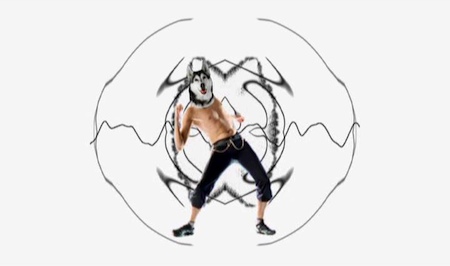
Number 1
Cos you're my number one
I'm like a dog to get you
I want it up and on
I'm like a dog to get you
Yeh, yeh, yeh, yeh
http://www.youtube.com/watch?v=W2OL3CdIGlg
Strict Machine
Goldfrapp - Strict Machine
Carregado por Rian2k. - Veja mais vídeos de musica, em HD!
Human
Are you human, or a dog
Are you human
Or d'you make it up
Are you human, or a dog
Are you human
Or d'you make it up
http://www.youtube.com/watch?v=--1rAUYWl_4
Utopia
My dog needs new ears
Make his eyes see forever
Make him live like me
Again and again
Thursday 28 October 2010
JOHN DIVOLA
Tyler Stallings, director of the Sweeney Art Gallery, said, "This body of work by John Divola shows a fascination with the landscape as both a representation of nature's wildness and man's taming of it. Here, the dog that chases his car embodies this notion. But because the dog will never catch the car and the camera only ever presents a partial view of reality, the impossibility of the two worlds ever meeting is captured".
John Divola, Dogs Chasing My Car in the Desert, 1996-2000. Published February 12th 2005 by Nazraeli Press.


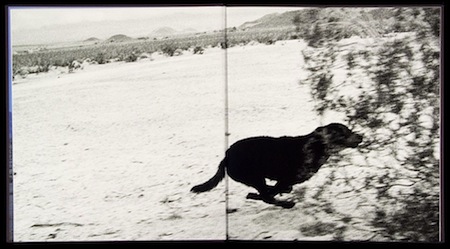
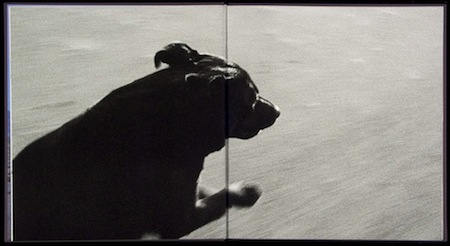
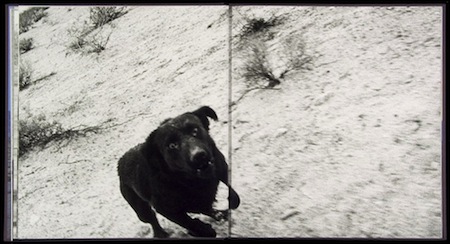
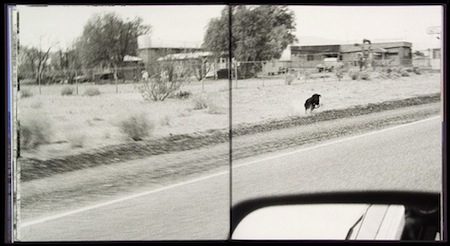
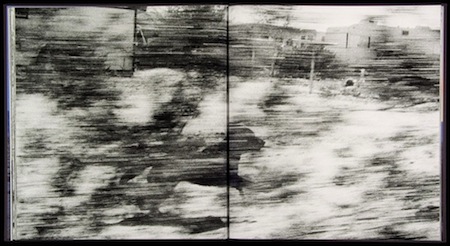
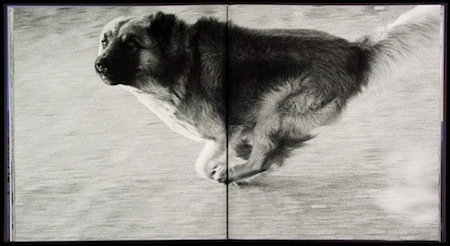
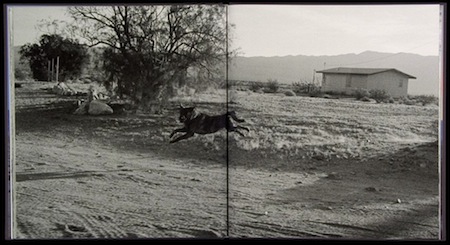
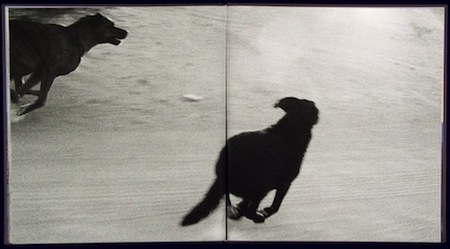
John Divola, Dogs Chasing My Car in the Desert, 1996-2000. Published February 12th 2005 by Nazraeli Press.










PREFACE from DOGS CHASING MY CAR IN THE DESERT
The desert is not empty. However, it is vacant enough to bestow a certain weight to whatever is present. This is an extraordinary place, the unobstructed view to the horizon, the quality of the light, and that smell after it rains. Add this to a heightened awareness of your own presence and the desert can take on an existential quality.
And it’s quiet. Once, having climbed to the top of a very large hill to photograph, I was startled by the sound of the wind moving under the wings of a bird as it flew by. Hundreds of feet below and half a mile away a dog spotted me and started barking like it had just caught me climbing the back fence. No one sneaks up on a dog in the desert. A dog can hear your car coming for several miles and will see you coming almost as far away. By the time you arrive he has developed a level of anticipation.
From 1995 to 1998 I was working on a series of photographs of isolated houses in the desert at the east end of the Morongo Valley in Southern California. As I meandered through the desert, a dog would occasionally chase my car. Sometime in 1996 I began to bring along a 35mm camera equipped with a motor drive and loaded with a fast and grainy black-and-white film. The process was simple; when I saw a dog coming toward the car I would pre-focus the camera and set the exposure. With one hand on the steering wheel, I would hold the camera out the window and expose anywhere from a few frames to a complete roll of film. I’ll admit that I was not above turning around and taking a second pass in front of a house with an enthusiastic dog.
Contemplating a dog chasing a car invites any number of metaphors and juxtapositions: culture and nature, the domestic and the wild, love and hate, joy and fear, the heroic and the idiotic. It could be viewed as a visceral and kinetic dance. Here we have two vectors and velocities, that of a dog and that of a car and, seeing that a camera will never capture reality and that a dog will never catch a car, evidence of devotion to a hopeless enterprise.
John Divola, 2004
Wednesday 27 October 2010
ALEC SOTH
Dog as metaphor: Alec Soth uses dogs as a metaphor for loneliness and abandonment.
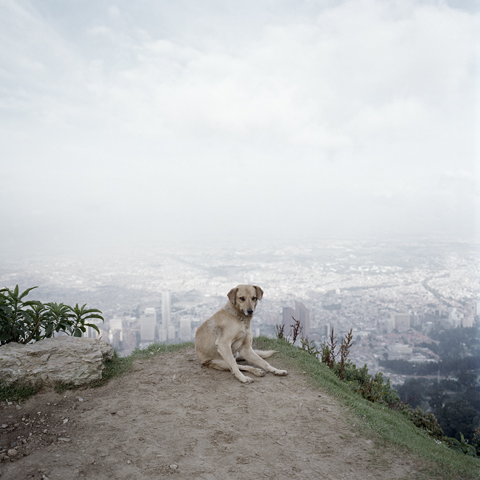
In conversation with Carrie Thompson, he talks about the dogs in the book Dog Days, Bogotá:
More, here.
Some more images taken from the project/book Dog Days, Bogotá:
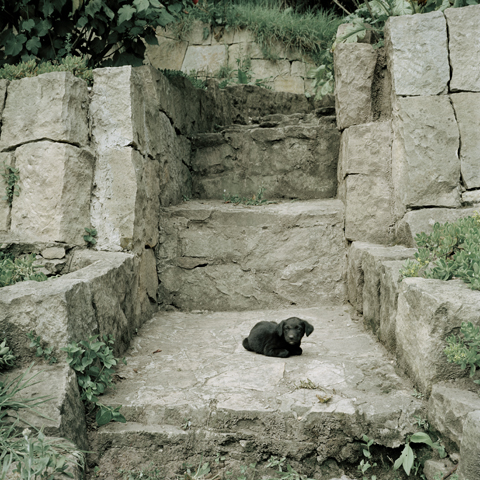
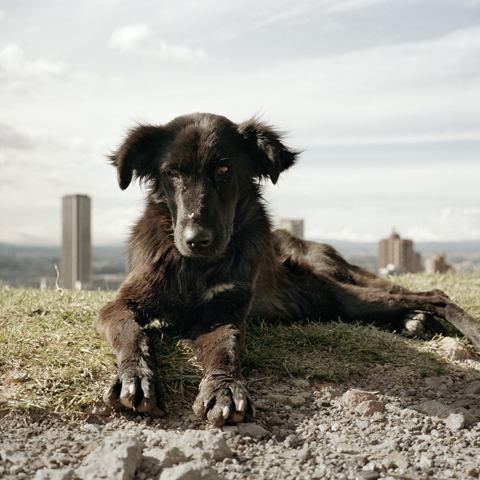
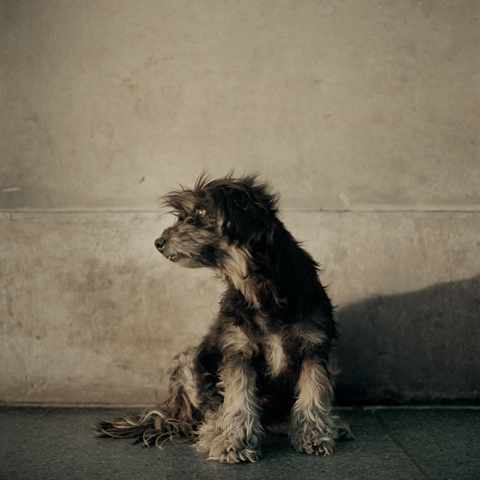
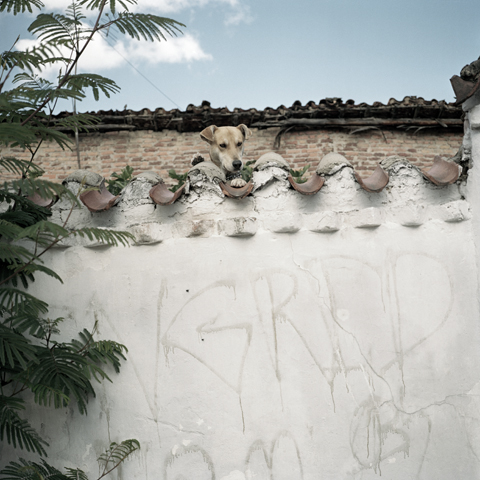
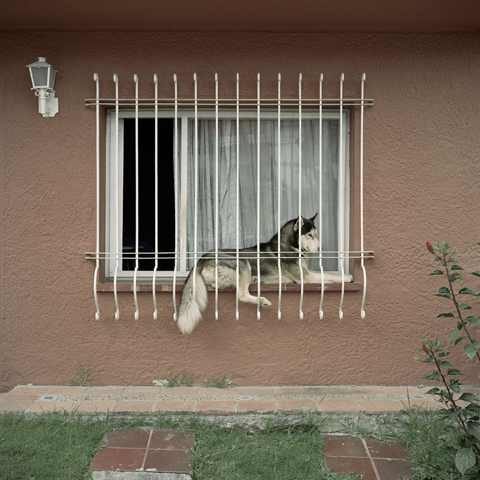
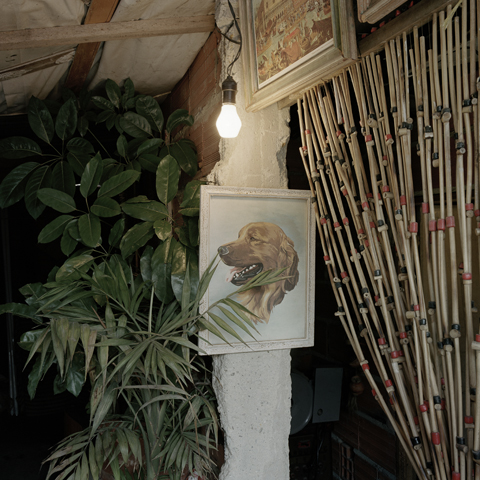
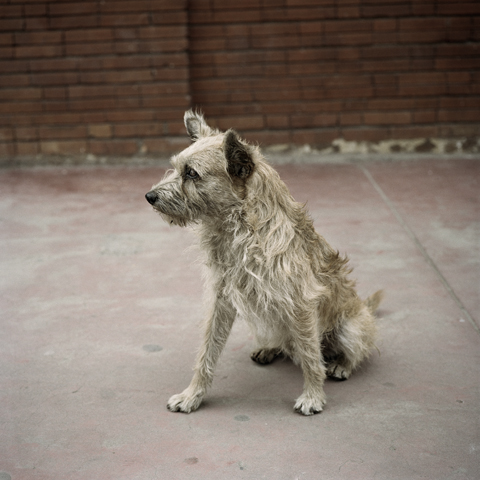
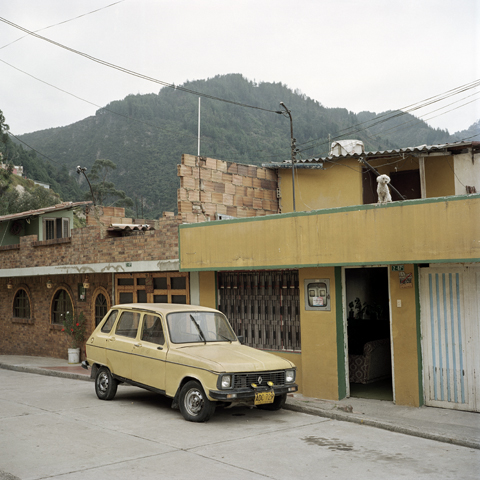
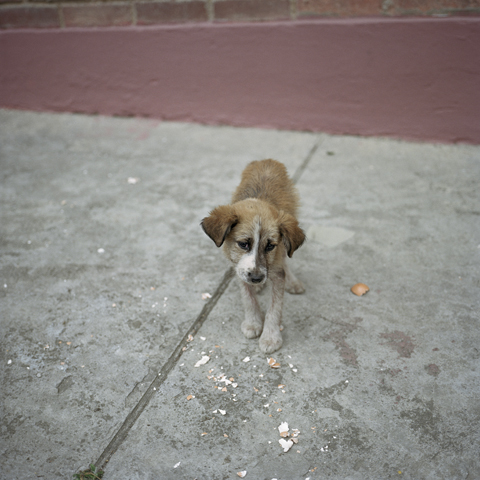
Alec Soth tells us why a picture of two dogs taken by his daughter is one of his favourite shots from his Brighton Picture Hunt show at Brighton Museum and Art Gallery:

In conversation with Carrie Thompson, he talks about the dogs in the book Dog Days, Bogotá:
Carrie Thompson: Tell me about the dogs, how did they become so important?
Alec Soth: I was aware of the street kids in Bogotá. I mean, it is a hard thing to ignore, but I was especially attuned to it because of the adoption experience. But I was uncomfortable photographing these kids. So I photographed street-dogs instead. I guess they were a stand-in for the kids.
More, here.
Some more images taken from the project/book Dog Days, Bogotá:









Alec Soth tells us why a picture of two dogs taken by his daughter is one of his favourite shots from his Brighton Picture Hunt show at Brighton Museum and Art Gallery:
DAIDO MORIYAMA
Para um início de investigação do meu 1º projecto na pós-graduação, Daido Moriyama, Stray Dog, Misawa, Aomori, tirada no ano em que nasci, 1971.
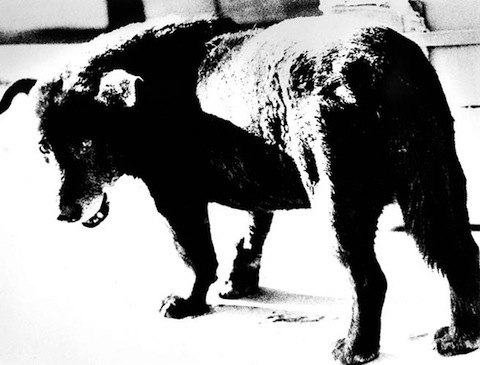
Mais, aqui.
“When I go out into the city I have no plan, I walk down one street, and when I am drawn to turn the corner into another, I do. Really I am like a dog: I decide where to go by the smell of things, and when I am tired, I stop.”

Mais, aqui.
Subscribe to:
Posts (Atom)